The Gist
Mario Vargas Llosa’s novel The Green House (La Casa Verde) stands as one of the most complex and captivating works in Latin American literature. First published in 1966, this novel is a multifaceted exploration of power, corruption, and the collision between civilization and barbarism, set in the Peruvian Amazon and coastal towns. With its intricate narrative structure and rich symbolism, The Green House challenges readers to consider the darker aspects of humanity while examining how various forces shape the lives of individuals and communities.
This article takes a deeper dive into the thematic richness of The Green House, exploring its central ideas and the broader questions it raises about society, morality, and human nature.
The Setting: An Allegory of Isolation and Despair
The novel is set in two primary locations—the steamy jungle region of the Amazon and the dry, desolate coastal town of Piura. These places reflect the isolation and struggle of the characters who inhabit them, and the contrast between these environments highlights the tension between different forms of power. The Green House itself, an infamous brothel that sits at the heart of the novel, serves as a potent symbol of moral decay, exploitation, and the entrapment of its characters. It is here that Vargas Llosa presents a vivid picture of how power and corruption permeate every layer of society.
The jungle, with its mystery and untamed wildness, represents not just a physical space but also the clash between civilization and indigenous life. The indigenous tribes and the missionaries who seek to “civilize” them reflect the complex interactions between progress, exploitation, and the preservation of identity. Meanwhile, Piura, a town filled with its own internal tensions, mirrors the psychological and moral entrapment of its residents.
This setting underscores one of the novel’s central questions: Is there any true escape from corruption, or are individuals and societies doomed to repeat cycles of exploitation and degradation?
Themes of Power and Corruption
At the heart of The Green House lies the theme of power, particularly how it manifests in corrupt systems that prey on the vulnerable. Throughout the novel, various characters—whether religious figures, military leaders, or local politicians—exercise control over others in ways that reflect both personal ambitions and broader societal decay.
Don Anselmo, the enigmatic owner of the Green House, is a key figure in this examination of power. Although initially portrayed as a man shrouded in mystery, his presence grows as a symbol of exploitation. His brothel becomes not just a physical space of moral decline but also a metaphor for the ways in which power corrupts and dehumanizes. It is a place where women are reduced to commodities, where local authorities turn a blind eye to vice, and where the lines between oppressor and oppressed blur in tragic ways.
Vargas Llosa does not offer easy answers about the nature of power. Instead, he explores how institutions like the church, government, and even family structures can perpetuate cycles of corruption. The novel challenges readers to consider how deeply embedded these structures are in our own societies and whether there is any hope for redemption or change.
The Green House: A Symbol of Entrapment
One of the most striking aspects of The Green House is the way in which the brothel becomes a symbol of entrapment, both physically and metaphorically. The women who work there are trapped by circumstance, while the men who visit the brothel are ensnared by their desires and moral failings. This dynamic raises uncomfortable questions about agency, exploitation, and the societal forces that allow such systems to thrive.
What makes the Green House such a compelling symbol is its seeming inescapability. No matter how far characters try to run from it, the brothel’s presence looms over their lives, drawing them back into its orbit. In this sense, it represents not just physical entrapment but also the psychological and moral imprisonment that comes with living in a corrupt world.
The novel invites readers to reflect on the ways in which they, too, might be complicit in systems of exploitation—whether through indifference, participation, or resignation. The Green House’s influence over its characters mirrors how oppressive structures can maintain control over individuals in both overt and subtle ways.
The Complexity of Human Nature
While The Green House focuses heavily on the themes of power and corruption, it is also a deeply human story. The characters in the novel are complex, flawed individuals struggling to navigate a world filled with moral ambiguity. Vargas Llosa presents a wide cast of characters, each grappling with personal desires, social constraints, and the weight of their pasts.
Bonifacia, for instance, is one of the novel’s most tragic figures. An indigenous woman taken in by missionaries as a child, she eventually finds herself trapped in a life of exploitation. Her story exemplifies the novel’s exploration of how individuals are often powerless against larger social forces, yet her resilience and inner strength speak to the complexity of the human spirit.
Through these characters, Vargas Llosa suggests that while human beings are often complicit in corruption, they are also capable of resistance, empathy, and even transformation. The novel does not shy away from the harsh realities of exploitation and power imbalances, but it also hints at the possibility of redemption—however difficult or distant it may seem.
A Reflection on Corruption and Humanity
Mario Vargas Llosa’s The Green House is more than just a tale of a brothel in the Peruvian jungle. It is a rich and intricate meditation on power, corruption, and the human condition. Through its complex narrative structure and vivid portrayal of morally conflicted characters, the novel challenges readers to confront difficult questions about the nature of society, morality, and the possibility of change.
At its core, The Green House is a story about entrapment—both literal and symbolic. It invites readers to reflect on the forces that shape our lives and the extent to which we can escape the cycles of corruption that define human existence. As we consider Vargas Llosa’s vision of a world caught between exploitation and resistance, we are reminded of the importance of examining the systems that govern our own lives and the ways in which power continues to shape human experience.
Expand Your Vocabulary
- Allegory
Definition: A story, poem, or picture that can be interpreted to reveal a hidden meaning, typically a moral or political one.
Contextual Use: The setting of The Green House acts as an allegory for isolation and moral decay.
Everyday Use: “The novel uses the character’s journey as an allegory for personal growth and self-discovery.” - Exploitation
Definition: The act of treating someone unfairly in order to benefit from their work.
Contextual Use: The Green House represents a place of exploitation, where women are commodified.
Everyday Use: “The company was criticized for its exploitation of workers in developing countries.” - Corruption
Definition: Dishonest or unethical behavior by those in power, often involving bribery.
Contextual Use: Vargas Llosa explores how corruption infects every level of society in the novel.
Everyday Use: “Political corruption often undermines the trust people have in their leaders.” - Entrapment
Definition: The condition of being caught or confined, often in a situation from which it is difficult to escape.
Contextual Use: The Green House becomes a symbol of entrapment, both physically and morally.
Everyday Use: “She felt emotional entrapment in her toxic relationship, unable to break free.” - Civilization
Definition: The stage of human social and cultural development and organization that is considered most advanced.
Contextual Use: The novel contrasts the clash between civilization and indigenous life in the Amazon.
Everyday Use: “Some argue that technology is a sign of the advancement of civilization.” - Indigenous
Definition: Originating or occurring naturally in a particular place; native.
Contextual Use: The novel portrays the complex relationship between indigenous tribes and the encroaching forces of ‘civilization.’
Everyday Use: “Indigenous communities around the world fight to preserve their cultures and lands.” - Nonlinear Narrative
Definition: A narrative that does not follow a direct, chronological timeline but instead jumps between different points in time.
Contextual Use: Vargas Llosa’s novel uses a nonlinear narrative, weaving together various timelines and perspectives.
Everyday Use: “The movie’s nonlinear narrative made it challenging to follow, but ultimately more engaging.” - Symbolism
Definition: The use of symbols to represent ideas or qualities.
Contextual Use: The Green House is rich with symbolism, particularly as a representation of power and moral decay.
Everyday Use: “The tree in the backyard became a symbol of the family’s resilience and strength.” - Redemption
Definition: The act of being saved from sin, error, or evil.
Contextual Use: The novel grapples with whether redemption is possible in a world steeped in corruption.
Everyday Use: “After years of mistakes, he sought redemption by making amends with those he had wronged.” - Marginalization
Definition: The process of pushing a group or individual to the edge of society, making them feel powerless or unimportant.
Contextual Use: The indigenous people in the novel experience marginalization as they are pushed aside by the forces of ‘civilization.’
Everyday Use: “Marginalization of certain communities often leads to social inequality and injustice.”
Let’s Talk
- The Green House in the novel is more than just a brothel—it represents a larger system of exploitation and corruption. Do you think this kind of symbolism exists in our world today?
Reflect on how certain places or institutions in society may symbolize deeper problems such as inequality, corruption, or exploitation. - Vargas Llosa explores the clash between civilization and indigenous life in the Amazon. How do you think this clash plays out in the modern world, particularly in relation to cultural preservation and development?
Consider the ongoing conflicts between development projects and indigenous rights in different parts of the world. - The theme of entrapment runs throughout the novel, as characters struggle to escape their circumstances. In what ways do people today experience entrapment, whether physical, emotional, or societal?
Think about the different forms of entrapment people might face, from systemic poverty to emotional relationships. - Power and corruption are major themes in The Green House. How do you think these forces affect individuals and society in real life?
Discuss how power can lead to corruption and the impact it has on both individuals and broader communities. - Vargas Llosa uses a nonlinear narrative structure, which can make the story more complex. How does this narrative style affect your understanding of the characters and themes?
Reflect on how different storytelling techniques, like nonlinear narratives, can shape your experience of a story. - Is there a possibility of redemption for characters trapped in cycles of corruption, as portrayed in the novel? Do you think this reflects the real world, where individuals or societies can find redemption after moral failings?
Consider examples from history or current events where people or societies have sought redemption after periods of corruption or injustice. - The Green House portrays a world where moral lines are blurred. Do you believe that morality is always black and white, or are there situations where the distinction between right and wrong is more complicated?
Think about scenarios in life where moral decisions are not clear-cut, and how you navigate those complexities. - How do you think Vargas Llosa’s portrayal of the Amazon and its people challenges stereotypes about indigenous communities?
Reflect on how the novel represents indigenous life and how it compares to common stereotypes about indigenous cultures. - What role do you think corruption plays in marginalizing certain groups in society, whether in the novel or in the real world?
Consider how corruption can disproportionately affect marginalized communities and what can be done to combat it. - The characters in the novel face different forms of power dynamics. In what ways do you think power relationships shape our daily lives, both in personal relationships and in broader societal structures?
Reflect on how power influences interactions in everyday life, from personal relationships to politics and social institutions.
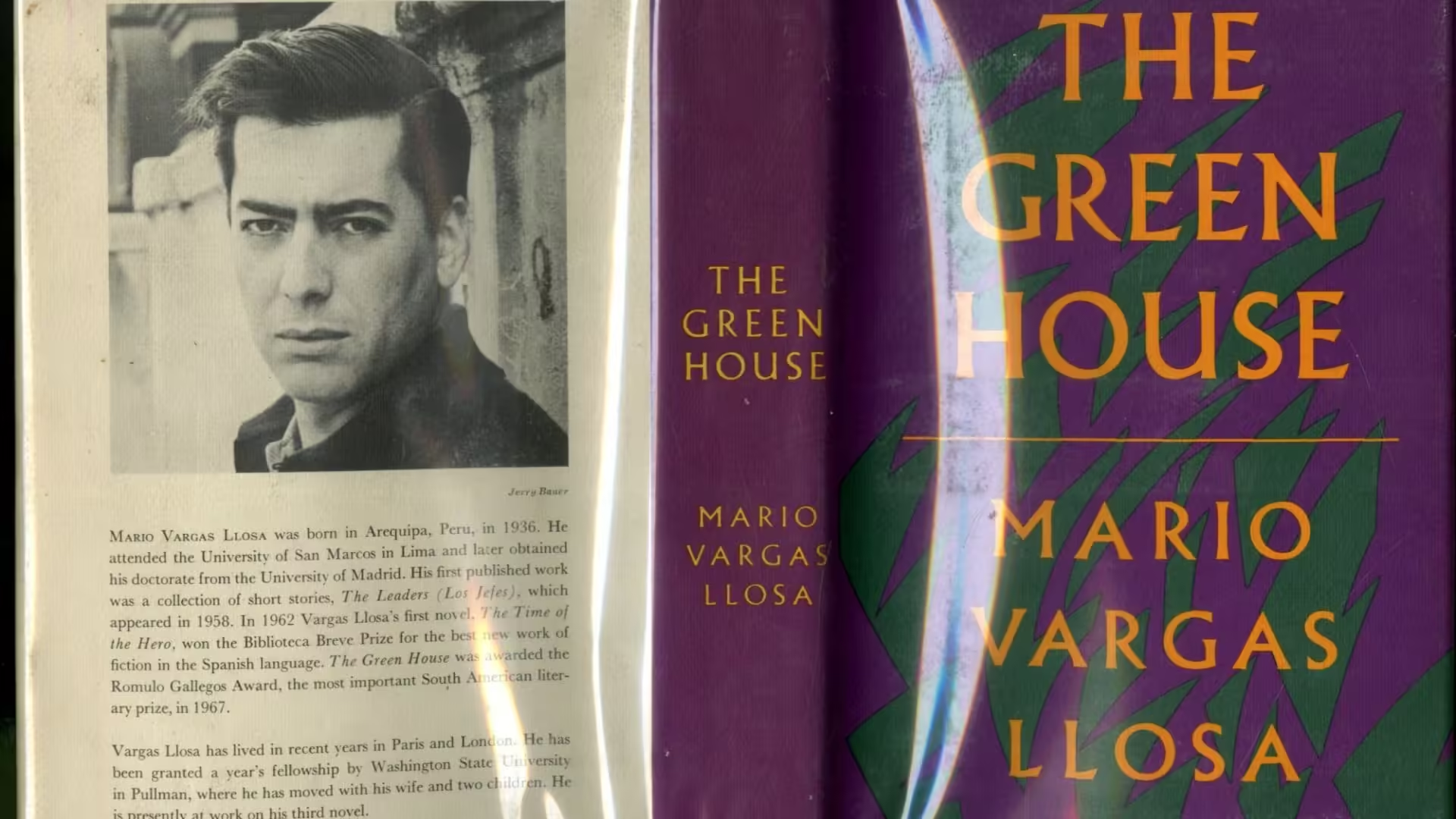




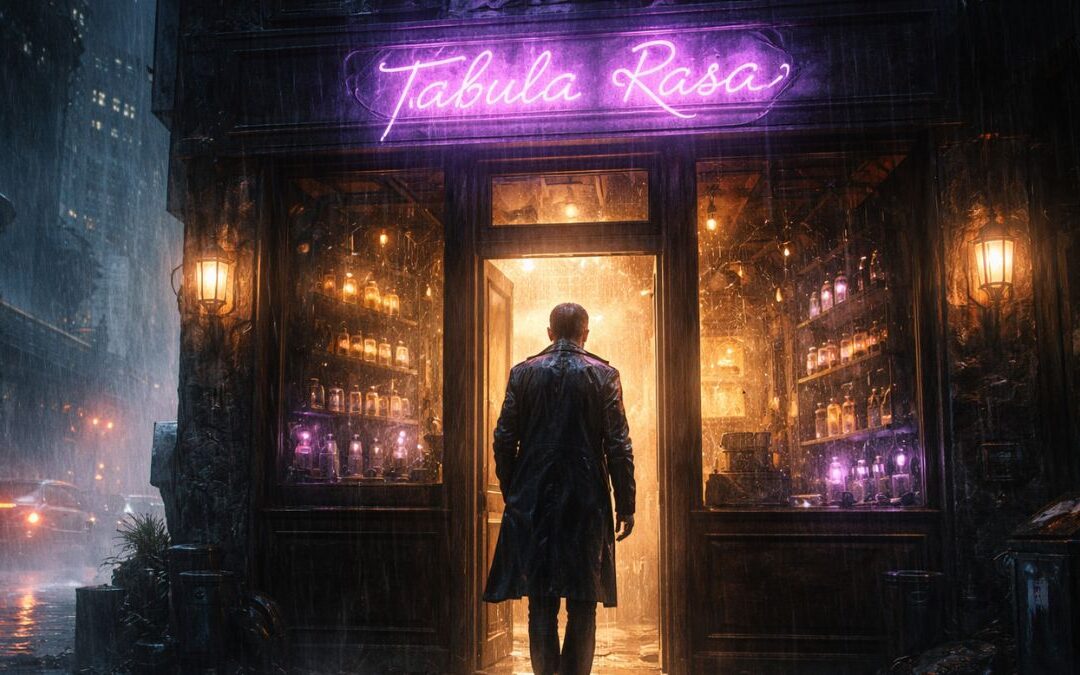
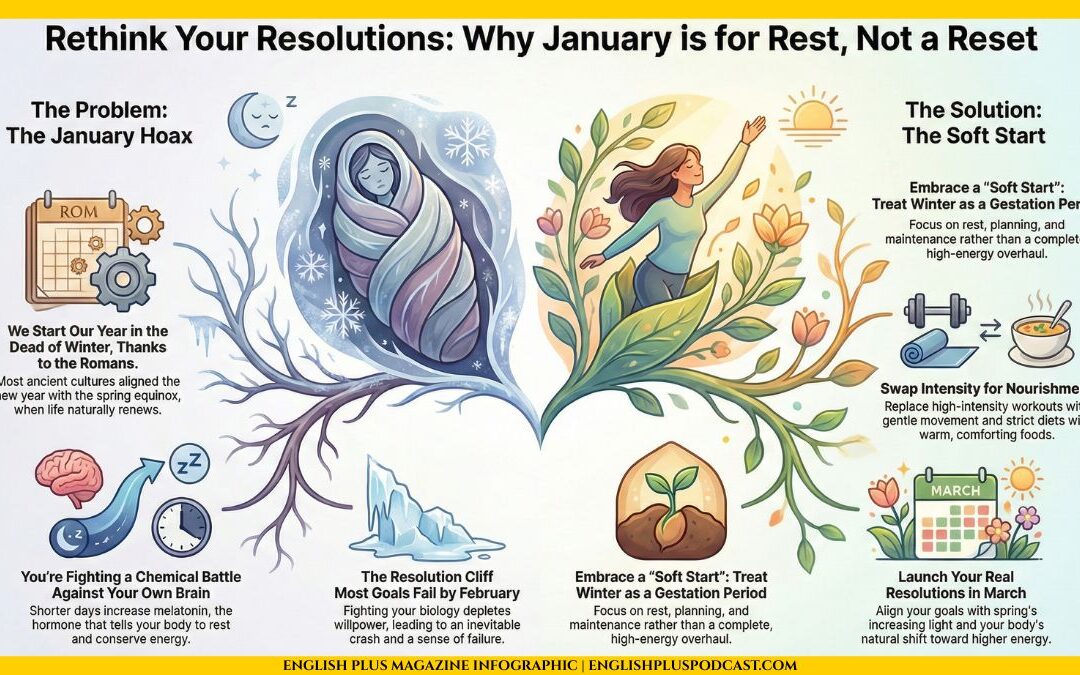

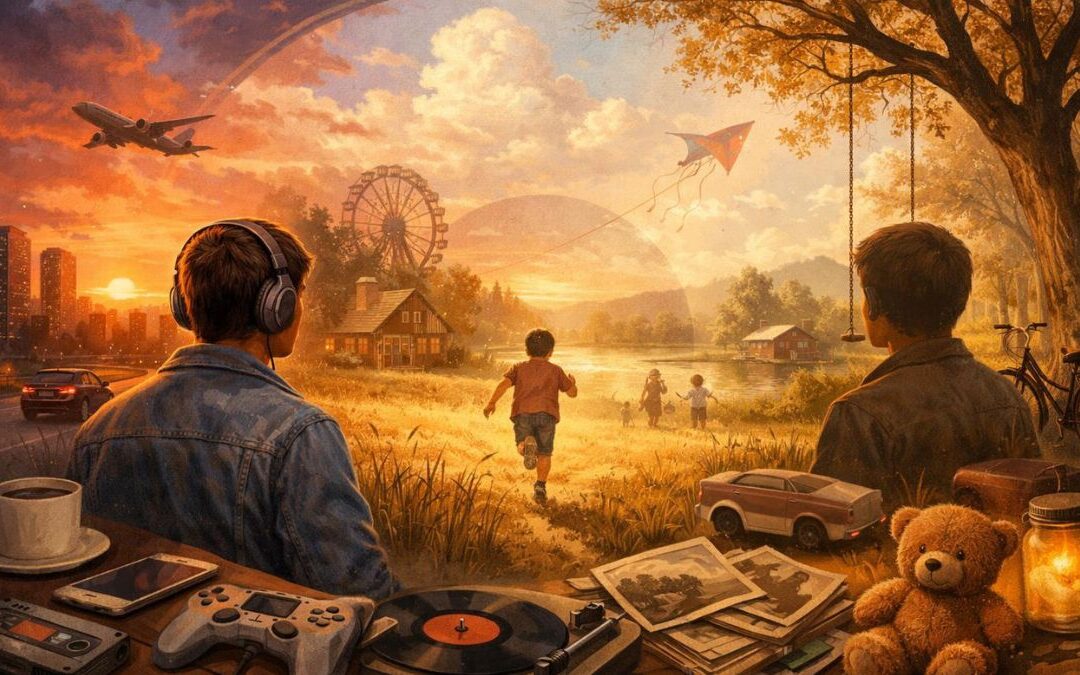
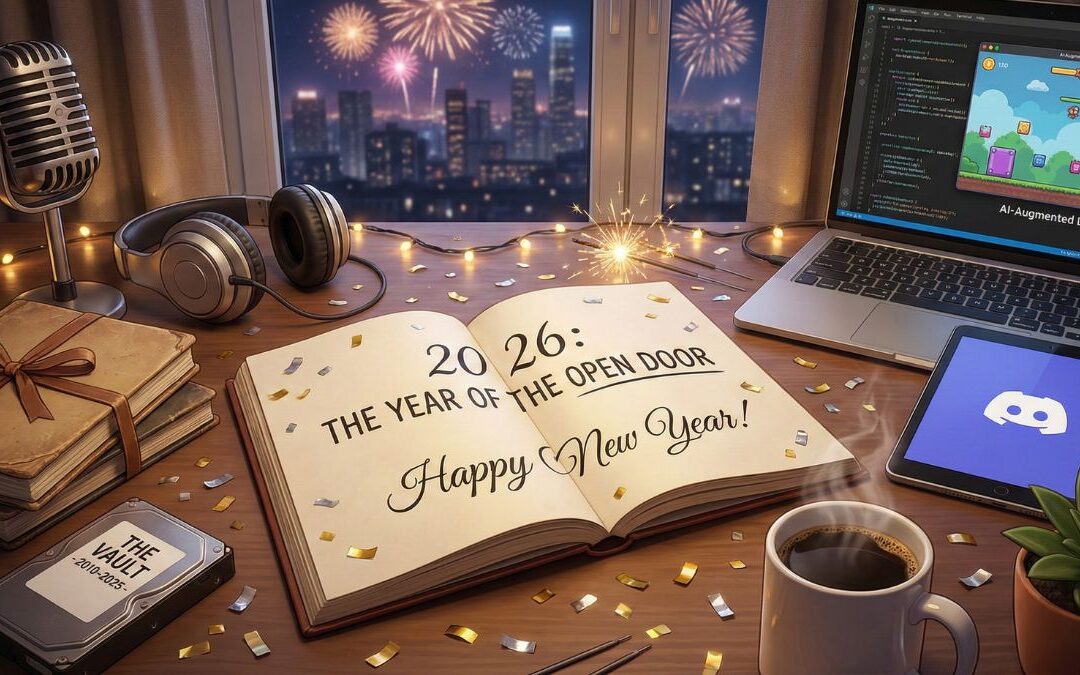
0 Comments